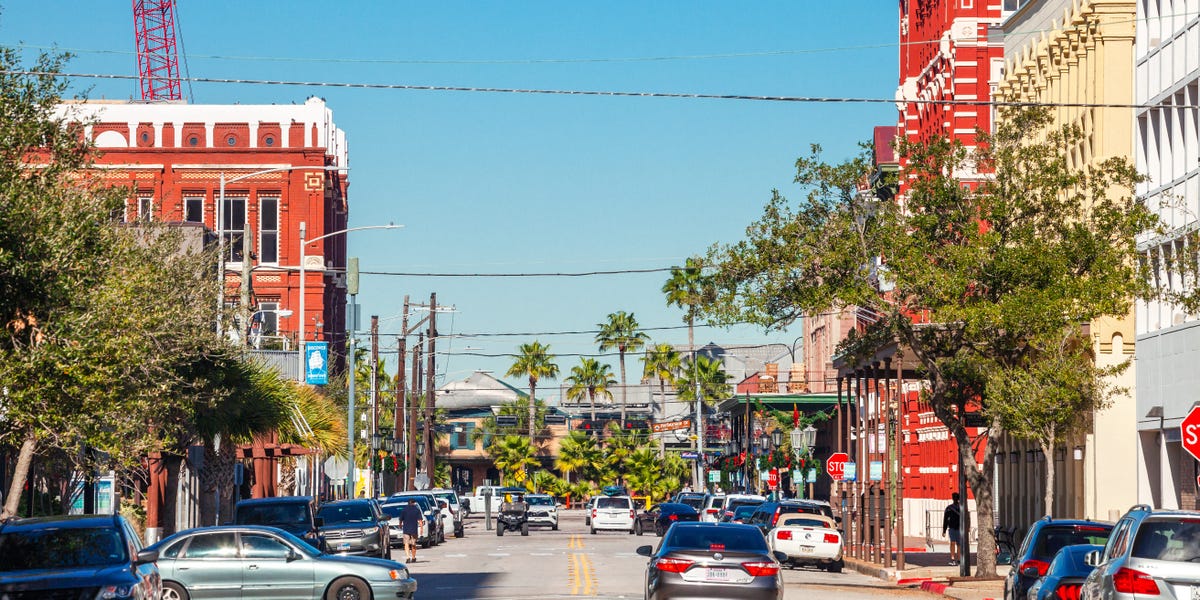A
s the US hurtles towards a trade war, President Donald Trump's unbridled recklessness is leaving a trail of economic devastation in its wake. On April 2, he unleashed a new wave of "reciprocal" tariffs on nearly all US trading partners, resurrecting the toxic trade policies of the Smoot-Hawley Tariff Act of 1930 that prolonged the Great Depression.
The brunt of this protectionist onslaught is being felt in Asia, where seven of the top 10 economies with bilateral surpluses against the US are located. While China's exports to the US have declined since Trump's 2018-19 trade war, other Asian nations have become increasingly reliant on trade with America.
South Korea, Japan, and Taiwan are particularly vulnerable, as their goods exports to the US accounted for between 19% and 24% of their total exports last year. The economic blow to Asia is a "tariff shock" of unprecedented proportions, according to JPMorgan.
As tensions escalate, domestic demand is emerging as a crucial counterweight to the damage wrought by protectionism. In Asia's commercial real estate sector, domestic demand is a key driver of occupier and investment markets, shaping the industry's performance and outlook.
One facet of domestic demand is the expansion of the middle class, which is driving growth in India's office market. Multinational firms are flocking to the country to tap into its vast talent pool, setting up global capability centres that are fuelling leasing activity. In Q1 2025, leasing volumes reached a record high of 28.2 million sq ft, with GCCs accounting for 44% of demand, according to Knight Frank data.















